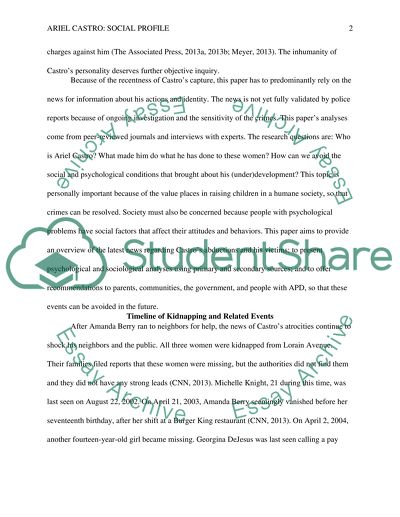Cite this document
(“Ariel Castro: Psychological and Social Profile Research Paper”, n.d.)
Retrieved from https://studentshare.org/sociology/1478174-ariel-castro-psychological-and-social-profile
Retrieved from https://studentshare.org/sociology/1478174-ariel-castro-psychological-and-social-profile
(Ariel Castro: Psychological and Social Profile Research Paper)
https://studentshare.org/sociology/1478174-ariel-castro-psychological-and-social-profile.
https://studentshare.org/sociology/1478174-ariel-castro-psychological-and-social-profile.
“Ariel Castro: Psychological and Social Profile Research Paper”, n.d. https://studentshare.org/sociology/1478174-ariel-castro-psychological-and-social-profile.


